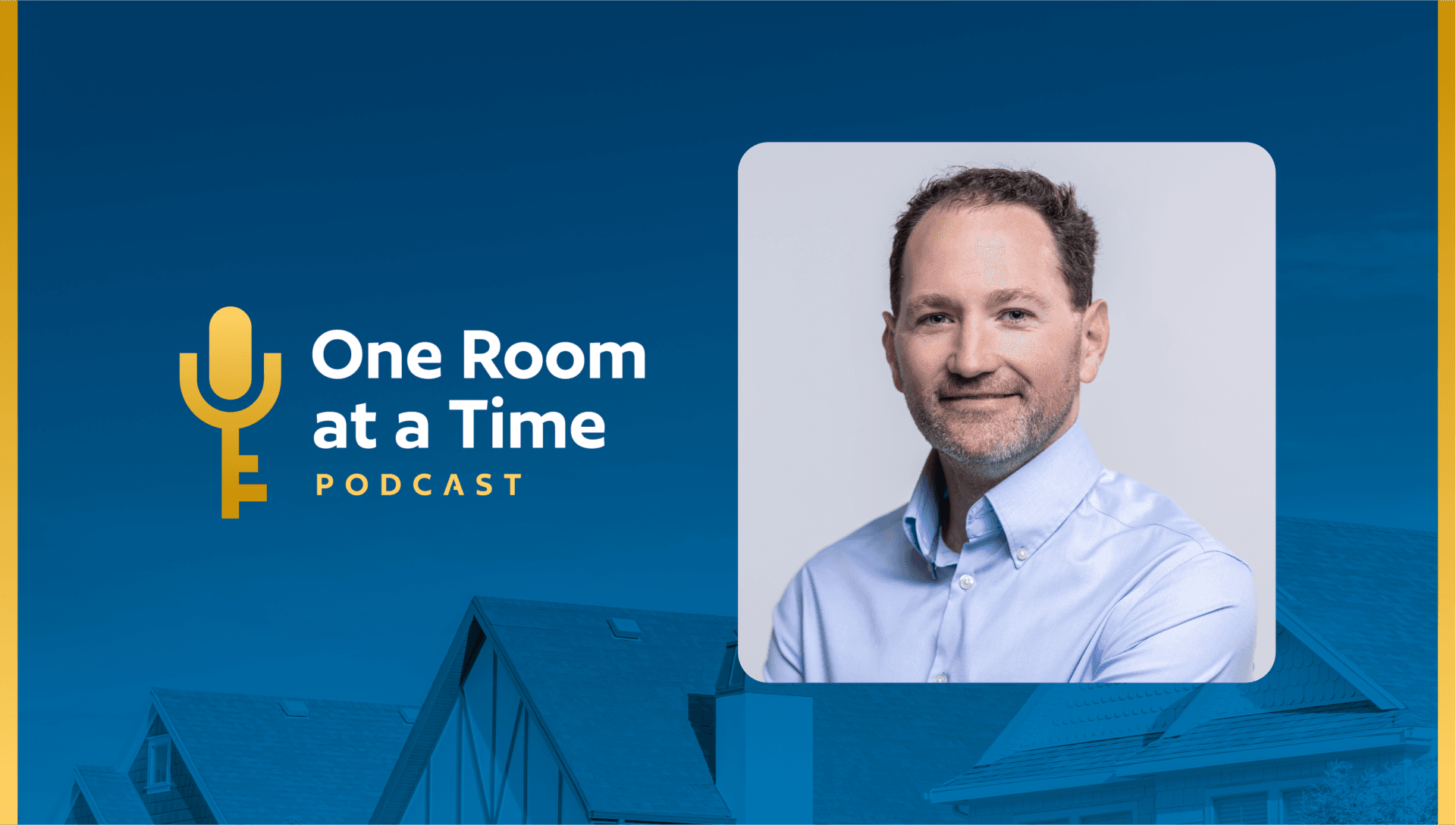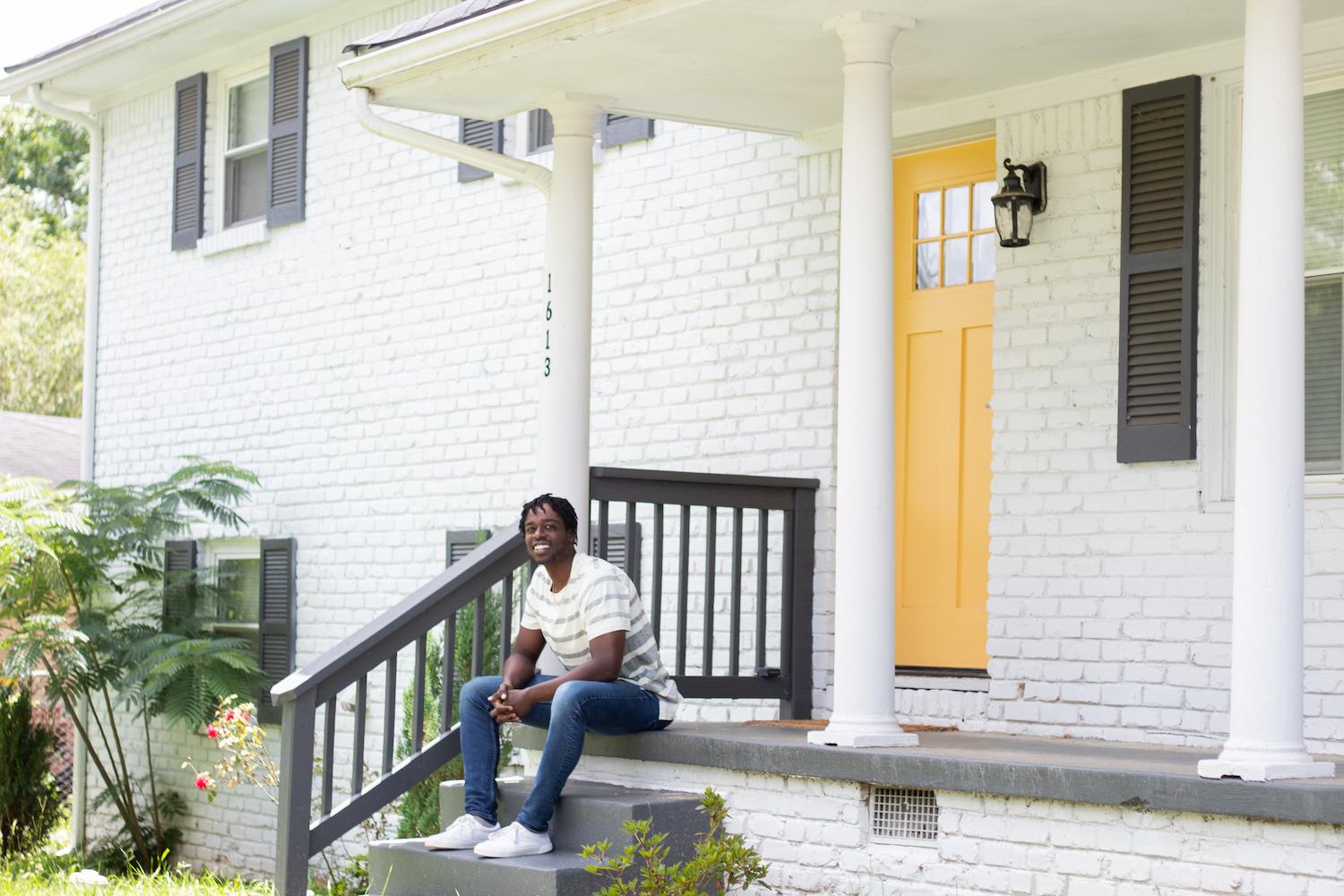In the latest episode of One Room at a Time, PadSplit founder and CEO Atticus LeBlanc sits down with architect and zoning reform expert Eric Kronberg, Principal at Kronberg Urbanists + Architects — or as many call him, “the zoning whisperer.”
For over 15 years, Eric has focused on urban infill and attainable housing, working to balance design, regulation, and development in a way that creates vibrant, livable communities. In this episode, he unpacks what’s really behind the housing crisis — and why, in many cases, the solution comes down to math, modeling, and a return to smaller-scale development patterns.
Learning from New Orleans
Coming from a recent 20-year post-Katrina event, Eric underscores why New Orleans is an example of how to do density right. “We’ve been disassembling New Orleans and reassembling it for other places,” he explains. In historic neighborhoods like the Seventh Ward, tiny lots and compact homes produce enormous value — both financially and socially.
He describes one simple duplex on North Galvez Street that generates an equivalent of 68 units per acre and roughly $5.8 million per acre in value, all within a walkable, human-scaled neighborhood. By contrast, a modern suburban apartment complex in Greenville, SC — with 30 units per acre — creates roughly half that value for the city.
The takeaway? When you build small housing on small lots, you get outsized returns for residents, cities, and the environment.
Why Our Costs Are Misaligned
As Eric notes, the problem isn’t a lack of space — it’s how we’ve chosen to use it.
“Much of the housing crisis comes from how much land is required to provide one unit of housing,” he says. Single-family zoning often requires quarter- or half-acre lots, which means fewer homes, higher land costs, and a heavier burden on infrastructure that cities can’t afford to maintain.
He explains that single-family homes rarely generate enough tax revenue to replace their own infrastructure — roads, pipes, sidewalks — when it inevitably wears out 50–70 years later.
A Simpler, Cheaper Way to Build
Eric also highlights another factor that can impact affordability: building codes.
Most large multifamily buildings must comply with complex (and expensive) regulations. But small-scale housing — single-family homes, duplexes, and townhomes — can be built under the International Residential Code (IRC), which is simpler and far cheaper.
“Small-format residential buildings can be really dense, really wonderful, and way more cost-effective,” Eric says. “They’re naturally attainable because they cost less to build under IRC.”
Housing People, Not Cars
Perhaps Eric’s most memorable point is about priorities.
“When we dedicate land to parking, we’re choosing to house cars instead of people,” he says. A single parking space can cost as much as building a bedroom — but one generates life and community, while the other generates stormwater runoff.
In cities across America, he argues, the zoning rules that prioritize cars over humans are contributing to the housing shortage. Transportation infrastructure is key to unlocking housing attainability.
Fixing the Crisis Means Doing the Math
The conversation ultimately boils down to this: our housing crisis is solvable. We just need to understand the numbers and stop fighting them.
By rethinking lot sizes, right-sizing codes, and reprioritizing people over parking, cities can unlock attainable housing without massive subsidies or federal intervention. The math already works — we just have to let it.
🎧 Listen to the full conversation with Eric Kronberg on the One Room at a Time podcast: padsplit.com/podcast


